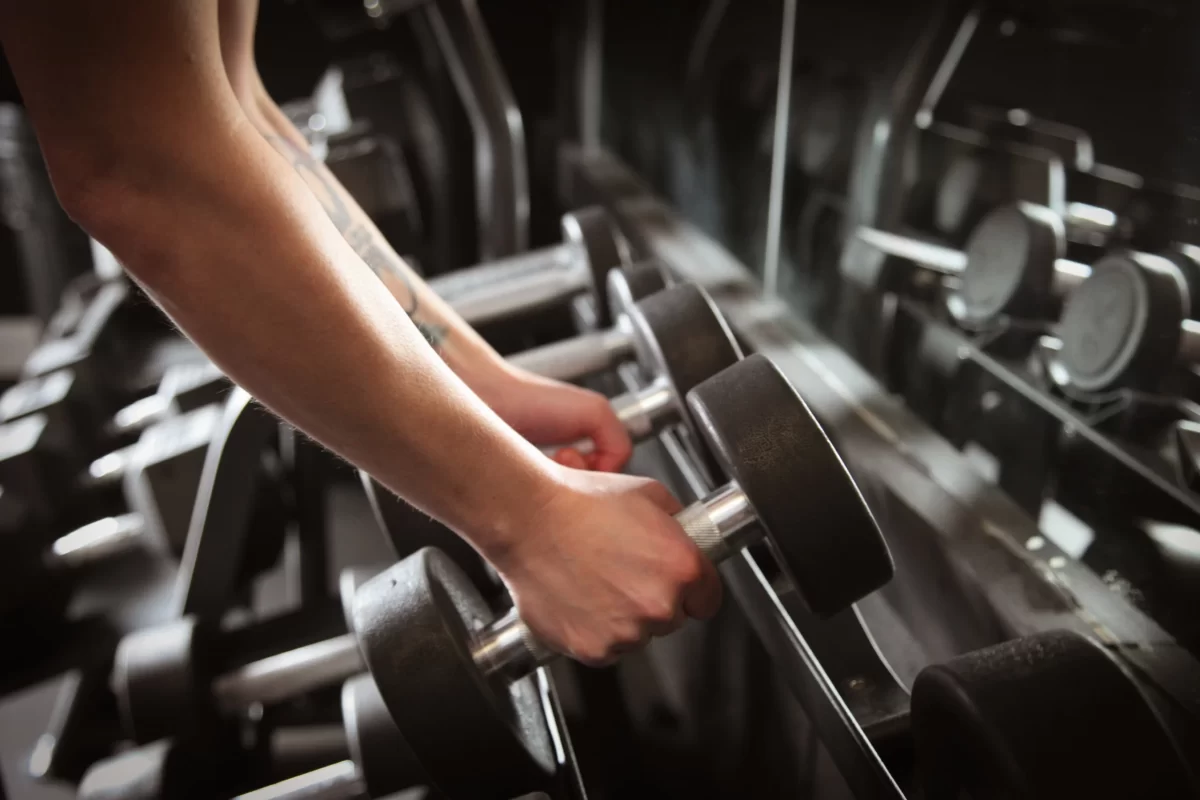Compound vs. Isolation Exercises: Which is Right for You?
When it comes to strength training and building muscle, there are two primary categories of exercises: compound and isolation. Each type has its benefits and serves different purposes in a fitness routine. Understanding the differences between these two forms or resistance training can be extremely useful and inform your personal training routine.
Compound Exercises
Compound exercises involve multiple muscle groups and joints working together to perform a movement. If more than one joint is working, more than one muscle group is working. These exercises recruit a range of muscles making them extremely effective for overall strength and muscle gain. Some examples of compound exercises include squats, deadlifts, bench presses, and pull-ups.
Advantages of Compound Exercises
- Efficiency – Compound exercises are time-efficient because they work multiple muscles at once. This means you can achieve a full-body workout with fewer exercises.
- Functional Strength – They promote functional strength, helping you perform everyday activities more efficiently.
- Calorie Burn – Compound movements burn more calories due to the increased muscle engagement, making them beneficial for weight loss.
- Hormonal Response – Compound exercises stimulate the release of hormones like testosterone and growth hormone, which help muscle growth and overall health and wellness.
Isolation Exercises
Isolation exercises target a single muscle group and involve movement at only one joint. Bicep curls, tricep extensions, and leg extensions are examples of isolation exercises. These exercises are often used to target specific muscles.
Advantages of Isolation Exercises
- Muscle Focus – Isolation exercises allow you to isolate and target a specific muscle group, making them useful for strengthening specific areas of the body.
- Injury Rehabilitation -They are valuable for rehabilitating injuries or strengthening weaker muscles that may not be ready for compound exercises. Isolation exercises are a must for anyone rehabbing after mild to severe injuries.
- Mind-Muscle Connection – Isolation exercises help develop a strong mind-muscle connection, enhancing your ability to feel and engage the targeted muscle.
Which should you choose?
You should choose to do both variations of resistance exercises. Compounds will help to improve overall strength and can add large amounts of muscle to the body when compared to isolation exercises. However Isolation exercises are extremely useful at given times, for example when a client of mine is feeling a little fatigued I will incorporate more exercises to the session as they require less energy and when done correctly the risk of injury is extremely low.
Both variations have their benefits and a well rounded training program will make use of both Compound and Isolation exercises.
When working with a client I will use a variety of exercises including Compound and Isolation along with a varied exercise range and muscle contractions to promote muscle growth and a healthier well functioning body that can perform a range of functional movements.
If you want more information about the topics discussed in this article get in touch today and we can arrange a phone consultation or better yet book a session and we can start you on your path to a healthier lifestyle.






